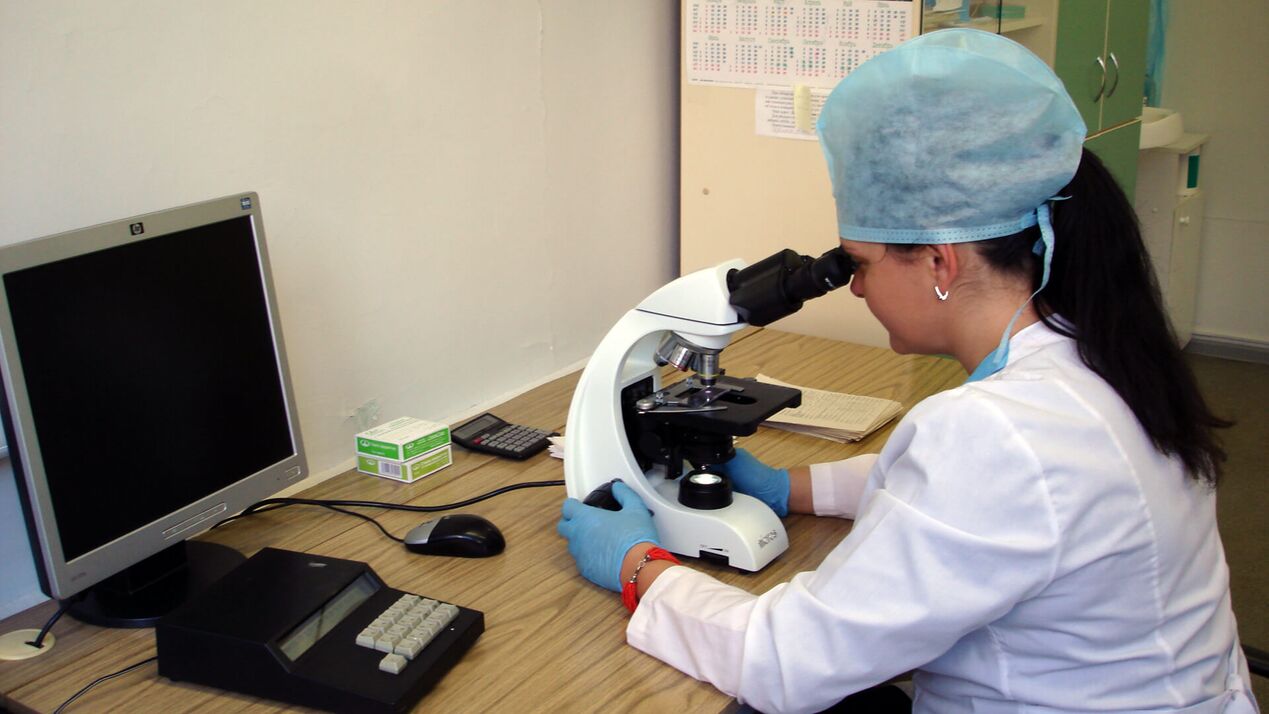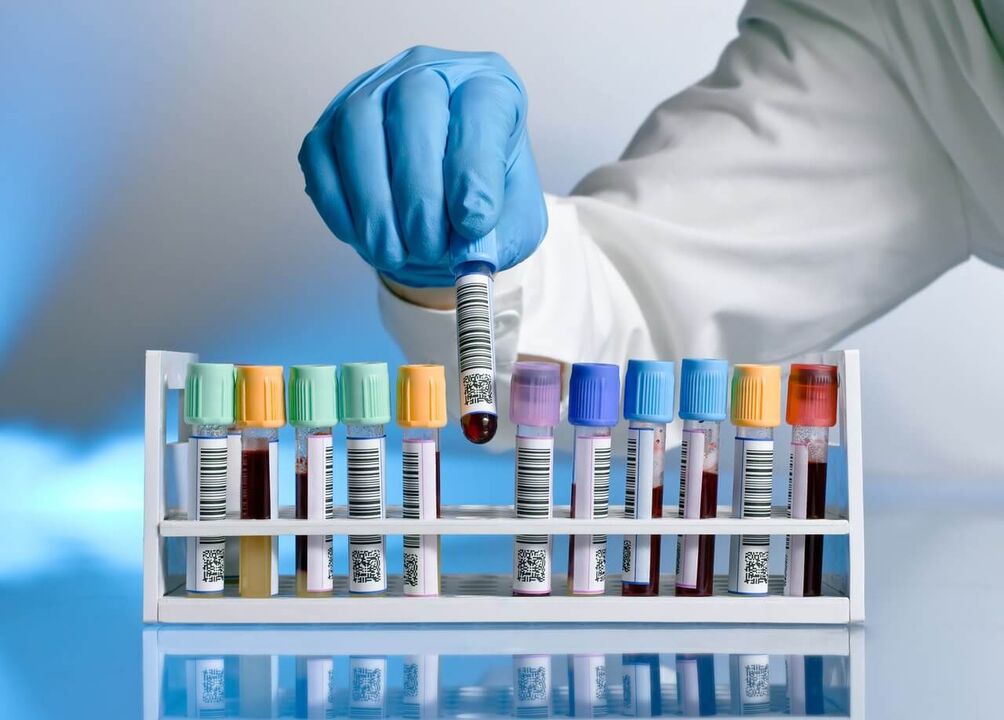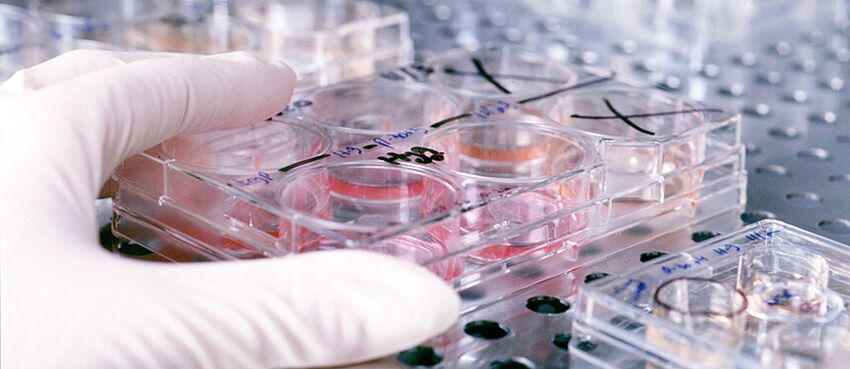
Discharge from a man's penis can indicate his male health status, as well as the presence of urogenital disorders. Often, discharge is one of the only symptoms or symptoms of serious illness, so you need to be very careful and watch for changes in color, smell, consistency, etc.
Male genital secretions refer to all secretions from the urethra, sebaceous and skin glands, prostate ducts, and ejaculatory ducts. According to the nature of their occurrence, they are divided into physiological and pathological. The latter occurs due to the development of infectious, inflammatory or other diseases of the prostate, bladder or other organs of the genitourinary system.
Everything is OK: Physiological Discharge
There are three types of physiological secretions that are released from the penis to some extent and do not indicate a disease:
- urethra;
- smegma;
- sperm
urethral leak
In most cases, the obvious discharge in men is libido or a physiologic urethral leak. This is the secret of the transparent color secreted by the urethral glands. Secrets flow out of the urethra, usually upon awakening. The secret purpose is to lubricate the ducts before the sperm passes through.
The amount excreted from the urethra may be insignificant or very abundant. It depends on the period of sexual abstinence, as well as on the individual characteristics of the man. After prolonged abstinence, as the urethra leaks, a small amount of sperm may be released, which changes its color.

It is worth noting that in the case of more discharge than usual, it is necessary to consult a doctor, as this phenomenon may indicate the development of the disease.
smegma
Smegma, also known as foreskin lubrication, is secreted by glands located on the foreskin. The secret purpose is to reduce friction between the glans penis and the foreskin. The smegma is constantly released. In adolescence it can be more, in old age - less.
Smegma is made up of fat and bacteria. It accumulates under the inner lobe of the foreskin. According to the daily hygiene routine, the secret is easily washed off. Otherwise, its accumulation is an excellent environment for bacteria to develop, leading to inflammatory processes. If the oil is not washed off in time (this should be done at least once a day) then it will start to break down and rot. As a result, its color changes from white transparent to yellow or green. There is an unpleasant smell.
sperm
Sperm refers to the physiological secretions of the male sex organs. Usually semen is a mixture of gonads and sperm that are released during sexual contact or masturbation. While men also face the involuntary release of sperm, this is known as nocturnal emission. Most often, they occur in adolescent boys, adolescence, or long periods of abstinence. Involuntary ejaculation occurs at night or early in the morning because it is associated with the production of testosterone.
Natural male secretions also include urine, which can be clear, yellow, or light brown in color, and prostate secretions. The special smell of spermine will help differentiate impotence. The discharge is thick and white. Changes in the amount, color, and smell of discharge, and the appearance of cloudiness or mucus may be the first symptoms of prostatitis or cancer.
pathological secretions
The causes of pathological discharge can be very different. These include:
- Inflammatory processes, including those caused by opportunistically pathogenic autologous flora;
- tumor disease;
- venereal disease;
- consequences of operation or injury.
In addition, the color of the pathological secretions is also different. They can be white, grey, yellow, brown, etc. Also, there may be blood or pus mixed in. The excreta can be sparse or abundant in nature, they can be distributed continuously or periodically, for example, in the morning or after going to the toilet, etc.

Different diseases tend to have similar secretions, but at the same time, a disease can manifest itself in different ways in different representatives of strong sex. Self-diagnosis by secretions is not possible. If you notice any changes in their color, amount, smell, or the presence of a mixture of mucus, blood, or pus, you should definitely see your doctor and do the necessary research.
Penile discharge associated with STDs
STDs are most often accompanied by:
- Mucus transparent secretion, sticky. Often, their low numbers indicate the presence of Mycoplasma or Ureaplasma urealyticum urethritis, or the development of chronic chlamydia. Microscopic examination revealed moderate amounts of white blood cells.
- Mycoplasma or Ureaplasma urealyticum produces a clear or white mucopurulent discharge. They can also accompany chlamydia. In this case, the discharge sticks to the head of the penis.
- Purulent discharge in men indicates gonorrhea. They can be brown, yellow, or green in color, have an unpleasant putrid smell, and are very dense. They also contain increased numbers of white blood cells and microscopic granules of the epithelium. Abundance depends on how advanced the disease is. Other symptoms of gonorrhea are itching and burning, worse after going to the toilet, pain and discomfort in the genital area.
A characteristic of sexually transmitted diseases is that multiple infections simultaneously become their causative agents. In this setting, the course of the disease and the nature and number of discharges may vary significantly, so that it is impossible to diagnose the disease on the basis of clinical studies of discharges alone.
Self-diagnosis and subsequent self-treatment of STDs with antibiotics can cause symptoms of the disease to go away, but the cause remains. After the course of treatment, the disease comes back, so you should not start the disease and self-medicate. Appointment of effective treatment depends on correct diagnosis. Based on the nature of the discharge alone, it is impossible to determine it.
secretions associated with non-STD inflammation
In everyone's body, there are constantly so-called opportunistic flora, such as Candida, Escherichia coli, Streptococcus, etc. Usually it doesn't make itself feel, but under certain conditions (hypothermia, stress, weakened immune system) it can lead to an inflammatory process.

Genitourinary diseases, the causative agent of which is its own flora, also accompanied by secretions:
- Mucopurulent discharge is often accompanied by non-gonococcal urethritis (inflammation of the urethra). They are characterized by mildly profuse urination, which may increase between large interruptions in urination. The disease is not characterized by other symptoms (pain, itching) or their expression is very weak.
- Balanoposthitis is accompanied by a profuse yellow or green mucus discharge, sometimes with pus. Symptoms of an inflamed foreskin are intense redness, as well as pain and redness at the head of the penis.
- The appearance of prostatitis is characterized by cloudy discharge after urination. During the acute phase of the disease, the secretion becomes very abundant, and when it enters the chronic phase, it turns white and decreases in number.
- Candidiasis or thrush caused by Candida is accompanied by a clotted discharge with a distinctive sour taste. Redness of the head and foreskin, and possible pain or itching. Candidiasis is caused by treatment with antibiotics, chemotherapy or radio waves, and other factors that suppress the immune system.
- Gardner's disease of the urethra occurs due to a microbial flora (dysbiosis) and is accompanied by a small yellow or green discharge with a characteristic fishy odor.
secretions unrelated to the inflammatory process
Discharges that do not accompany an inflammatory process are extremely rare during intense sexual activity. The causes of this secretion are mechanical injuries, neurological diseases, oncology, etc.
- Nocturnal emission - spontaneous flow of sperm. The appearance of this discharge is not related to sexual intercourse or masturbation. The flow of semen is not accompanied by orgasm. The causes of this phenomenon are usually neurological disorders as well as spinal injuries. The vas deferens lose their pitch and ability to retain sperm.
- Blood leaks are blood-stained secretions from the urethra. Blood leakage occurs due to mechanical damage to the urethra during smears, instrument inspections, and catheter installation. Also, spots that appear after urinating can indicate kidney stones, tumors, or other serious medical conditions.
- Prostatorrhea - secretion of prostatic secretions. The cause of an enlarged prostate is the relaxation of the muscles of the prostate excretory duct. Similar phenomena often accompany prostatitis or adenoma.
- Brown discharge with or without mucus may indicate cancer of the prostate, bladder, penis, or urethra. The discharge may contain blood clots or pus.
tests to help determine the reason for discharge
The appearance of pathological secretions may be associated with various diseases. Only a qualified doctor can determine the real reason for discharge and prescribe the correct treatment.
Patients who complain of a discharge from the penis need a series of studies to help determine why it occurs. A doctor's examination begins with a detailed examination of the genital area for rashes, redness, and other noticeable symptoms. Often, the discharge stays on the underwear, and the doctor examines it carefully.

One of the mandatory stages of the examination is the palpation of the lymph nodes. Doctors check to see if they increase, if you stay active or still, if you experience pain when you press on them, etc.
The doctor will also check the nature of the discharge immediately after 2-3 hours (the patient must avoid urinating during this time). Prostate disease (adenoma, prostatitis, or tumor) helps determine palpation of the prostate. In the normal state, both lobes of the prostate are the same size, and in the presence of disease, one lobe is larger than the other.
The following clinical studies also help determine the cause of discharge:
- General blood analysis;
- detailed urinalysis;
- blood sugar test (take in the morning on an empty stomach);
- urethral smear;
- Urinary secretion culture.
In the case of infectious diseases, smears play a key role in diagnosis. This research can identify not only the causative agent, but also the prescription of the disease, the course of the disease, and more. An increase in the number of white blood cells indicates the presence of an inflammatory process associated with infection. The standard considers no more than 4 white blood cells in the field of view.
In order for the smear to provide the most realistic information about the patient's health, it is necessary to prepare for the taking procedure. You must not urinate for at least 2 hours before the smear and have a drinking procedure. Additionally, topical treatment with antibiotics or other medications must be discontinued within three days. The course of treatment with oral antibiotics or injections must be completed 2 weeks prior to the study.
If odorous men have profuse secretions or other symptoms of the disease are observed, the doctor may prescribe:
- Ultrasonography of the kidneys, bladder, or prostate;
- CT examination;
- Urography.
Doctors can only diagnose cancer after biopsy results.
If the patient seeks help due to a large number of spots, he is admitted immediately. In other cases, treatment is given after the cause of discharge is determined.
Discharge from the male reproductive organs can be a symptom of serious illness. Remember, however, that only a doctor can determine the cause of this unpleasant phenomenon during individual examinations and research. Self-medication will only exacerbate the problem and may lead to the development of complications. If you are concerned about a man's health, don't put off seeing a urologist if you have abnormal discharge.

















































































